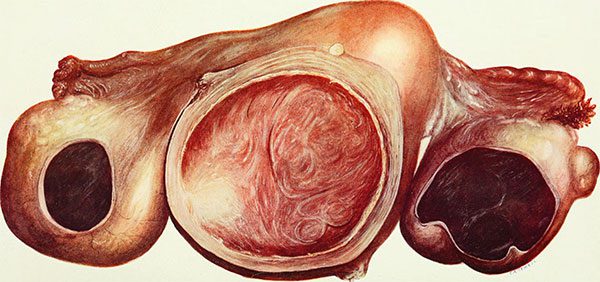Uterine fibroids
Along with endometriosis, fibroids are one of the main problems in women of reproductive age with benign tumors of the uterus (leiomyomatosis and/or myomatosis) which occur in about 30-35% of the population of reproductive age. These tumors are benign in 99% of cases and only 0.5-1% can become malignant (uterine sarcoma).
Fortunately, uterine myomatosis is not always a problem that necessarily requires surgery. However; These benign uterine tumors can cause symptoms in women that cause problems in her daily life, among the most frequent:
Detection and control
It is very important that once sexual life begins, at least one endovaginal ultrasound control is performed to assess the uterus and adnexa (Fig. 1). Since with this simple cabinet exam we will be able to detect the vast majority of these fibroids.
In a first gynecological visit we normally detect if there are fibroids, how many there are, their size, location and with a directed medical questioning if there are accompanying symptoms. The importance or medical-surgical involvement depends on its size, the number of fibroids, the location is essential and if it is accompanied by bleeding or mainly affects fertility. On some occasions, a complementary comprehensive study is necessary, such as hysterosonography (introducing solution into the uterine cavity).
The classification of fibroids depends on their location, these being the following Fig. 3:
The approach for fibroid surgery depends on its location, which can be vaginal (submucous fibroid) with surgical hysteroscopy, abdominal, which in turn can be laparoscopic and/or minilaparotomy.


